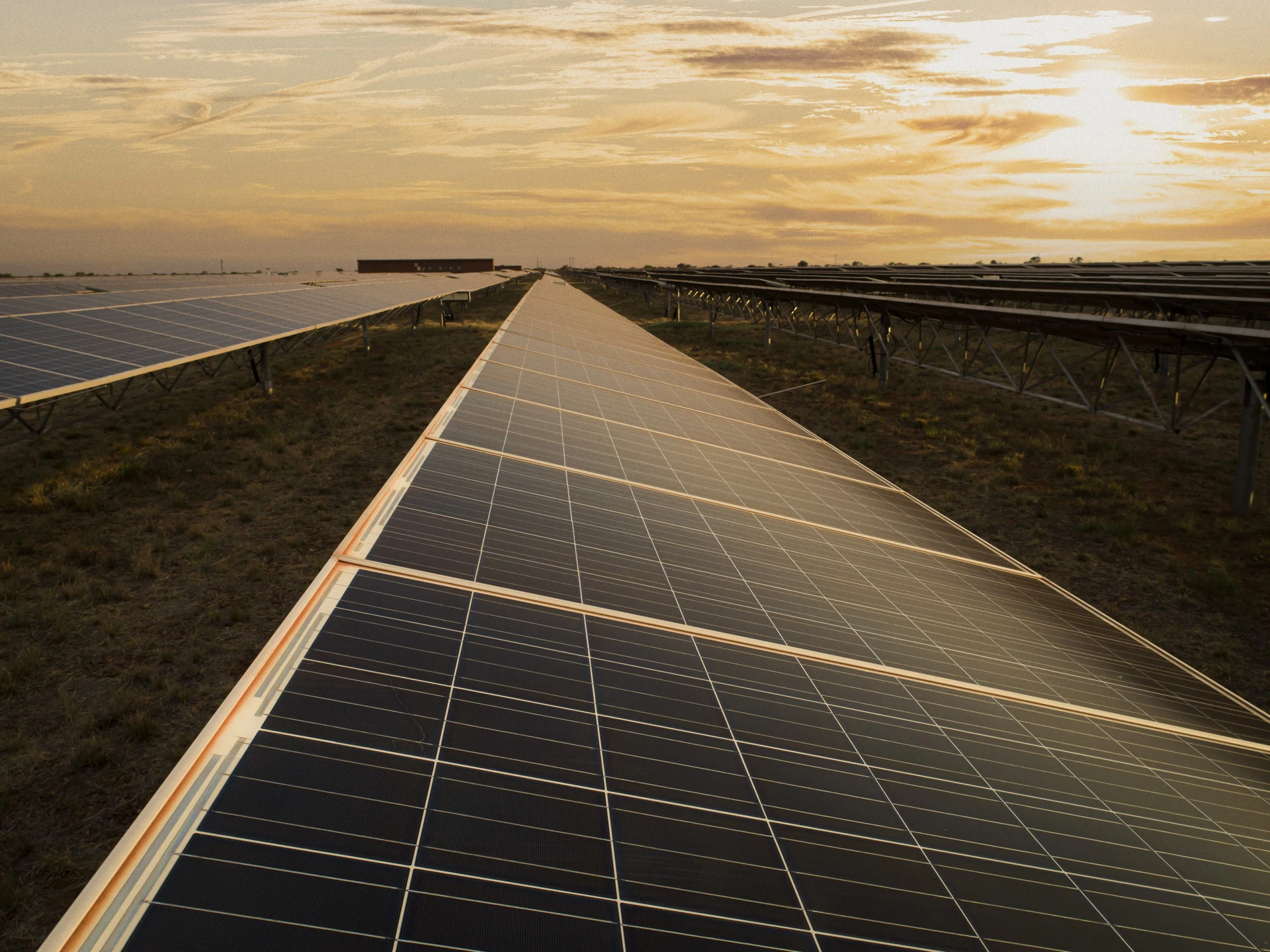Various organisations have responded to the launch of the Integrated Resource Plan (IRP) 2025.
Eskom, who are central to the implementation of the plan, said “the IRP 2025, provides a clear investment framework for the supply of electricity needed to accelerate economic growth and inclusion in a context where overall unemployment stands at 30% and youth unemployment exceeds 50%.”
Dan Marokane, Eskom Group Chief Executive, said “the IRP 2025 is not merely a policy update, it is a clear investment roadmap, informed by the input of over 4000 interested parties at the public consultation stage. It signals to investors, regulators, and our citizens that South Africa has a focussed pathway to reach NetZero inclusively and provides the opportunity for Eskom to play its role fairly and compete in a reformed electricity supply industry. The IRP 2025 requires significant investment to be attracted quickly, that will only come from rules-based regulatory reform anchored in law to enable investors to deploy capital in South Africa with confidence and certainty.”
The South African Photovoltaic Association (SAPVIA) said it welcomes the IRP 2025, as a major step toward a more secure and sustainable energy future — with over 25 GW of new solar PV capacity by 2039 and a growing role for distributed generation.
But expressed concern about the inclusion of large-scale gas and nuclear projects.
“These long-lead, high-cost technologies risk diverting critical investment away from fast, affordable, and clean renewables that can power South Africa’s growth today.”
They also said the solar PV industry is ready to deliver — drive energy security, industrialisation, and climate resilience through scalable, integrated solutions.
Similarly, the Green Connection, said the conversation around energy sources needs to go beyond emissions because while reducing emissions is crucial, it is equally important to consider the broader climate impact and the full extent of the environmental harm each energy source can cause.
“When choosing energy sources, we need to think about the impact on land use and water and air quality, and even ecosystem disruption.”
In addition, “it’s not just about which energy sources we prefer, but how we produce and use energy in ways that are sustainable, equitable, and mindful of long-term impacts.”
Francesca de Gasparis, Executive Director at SAFCEI, said Koeberg’s ongoing safety concerns at Koeberg’s unit 2 is an illustration that this is not a country that should be expanding its nuclear capacity.

